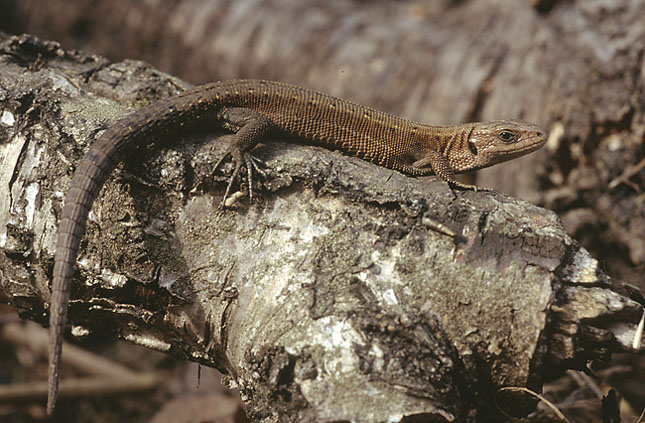 Several newly-discovered lizards and unexpected lizard facts made herp headlines in 2010. From a female-only species to a 6-foot-long, brightly-colored new monitor, each gave us pause to wonder…”what’s next?!
Several newly-discovered lizards and unexpected lizard facts made herp headlines in 2010. From a female-only species to a 6-foot-long, brightly-colored new monitor, each gave us pause to wonder…”what’s next?!
Two Large Monitors
Undiscovered animals tend to be small and non-descript, but not so with Asia’s new contributions to the lizard role call. The Northern Sierra Madre Forest Monitor, Varanus bitatawa, described last year from northern Luzon in the Philippines,is both large – to 6 feet in length – and colorful. Actually, it remained undetected only to herpetologists…local people have been eating it for quite some time. The newly described giant is arboreal and feeds largely upon fruit.
Limited in distribution to the tiny Indonesian island of Sanana, the Sago Monitor, Varanus obor, was described only a month or so after the Forest Monitor. A bright red head lends this beauty its alternate name – Torch Monitor.
Please see the articles below for detailed information on each of these lizards.
Males Not Needed
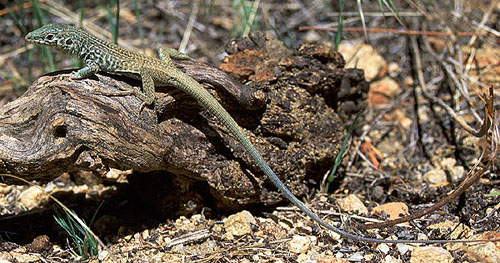 A biologist dining at a restaurant in southeastern Vietnam thought it odd that all of the many lizards offered for sale (as dinner) in one cage appeared to be of the same sex (the sexes of food market lizards in that region usually differed in appearance). Further investigation revealed not only that the lizard was unknown to science, but that the species was comprised entirely of females that reproduced asexually – in other words, males had been dispensed with.
A biologist dining at a restaurant in southeastern Vietnam thought it odd that all of the many lizards offered for sale (as dinner) in one cage appeared to be of the same sex (the sexes of food market lizards in that region usually differed in appearance). Further investigation revealed not only that the lizard was unknown to science, but that the species was comprised entirely of females that reproduced asexually – in other words, males had been dispensed with.
The new species, Leiolepis ngovantrii, is a hybrid between a lizard that occupies sand dunes and another that inhabits scrub forest. It occupies the transition zone between the habitats of the 2 parent species. Among vertebrates, asexual reproduction is known in fishes, several lizards (including North America’s Whip-tailed Lizards) and the Brahminy Blind Snake (please see photos).
Evolution in Action
Approximately 20% of the world’s lizards and snakes have evolved the ability to bear their young alive (all are believed to have “started out” as egg-layers). The passage of millions of years, however, has hidden the process and left us to surmise what may have happened.
But we may soon know more. It seems that Australia’s Yellow-Bellied Three-Toed Skink, Saiphos equalis, may be in the process of changing from an egg-laying to a live-bearing lizard! Populations in New South Wales’ warm coastal regions produce eggs, while those inhabiting cool mountain slopes give birth to live young.
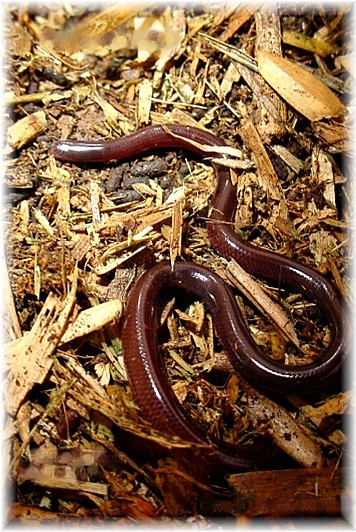 Cool temperatures are associated with live-bearing in herps ranging from Alpine Newts to European Vipers, but only 2 other lizards (Bougainville’s Skink and the Viviparous Lizard, please see photo), and 2 salamanders (the Olm and the Fire Salamander) are known to use both strategies.
Cool temperatures are associated with live-bearing in herps ranging from Alpine Newts to European Vipers, but only 2 other lizards (Bougainville’s Skink and the Viviparous Lizard, please see photo), and 2 salamanders (the Olm and the Fire Salamander) are known to use both strategies.
Studies have shown that the Three Toed Skink is in the early stages of developing a placenta-like organ, making it the only reptile known to be in the actual process of evolving a new form of reproduction.
Further Reading
A Huge New Monitor is Found in the Philippines
Skink Moves from Eggs to Live Birth
Lacerta vivipara image referenced from wikipedia and originally posted by Marek Szczepanek
Ramphotyphlops braminus image referenced from wikipedia and originally posted by Jjargoud
 That Reptile Blog – Reptile, Amphibian and Exotic Pet Care and Information
That Reptile Blog – Reptile, Amphibian and Exotic Pet Care and Information


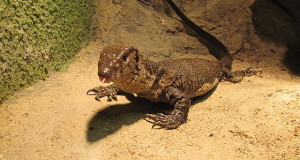
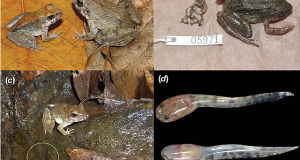
One comment
Pingback: New lizards species discovered - Dendroboard